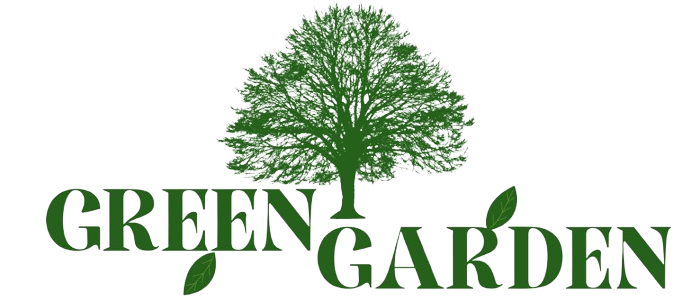Understanding how and when to prune trees and shrubs is essential for promoting healthy growth and maintaining an attractive landscape. Pruning involves removing specific parts of a plant, and employing the right techniques can significantly influence its overall health and shape.
Growth Buds and Apical Dominance
Plants exhibit apical dominance, where terminal buds inhibit the growth of lateral ones, resulting in upward growth. Understanding the angles at which branches grow can help guide your pruning decisions, as different angles can affect how a plant develops over time.
Cutting Heavy Branches
When pruning heavy branches, start with an undercut about a foot from the branch collar to prevent bark tearing. After making this initial cut, proceed to cut the branch close to the collar, which helps the plant heal more quickly and encourages new growth.
Timing Your Pruning
Timing is critical when it comes to pruning:
– Winter/Spring: The optimal period for pruning most plants is during their dormant phase, allowing them to recover swiftly when growth resumes.
– Flowering Shrubs: These should be pruned immediately after blooming to encourage new flower buds for the next season.
– Evergreen and Fruit Trees: Pruning for these varieties is best done in spring when they start their growth phase.
Pruning Techniques
Employing various pruning techniques can optimize plant health and appearance:
– Thinning: This involves removing entire shoots to encourage growth at the tips of the remaining branches, fostering a more robust plant structure.
– Removal of Water Sprouts and Suckers: These vigorous, unwanted shoots should be eliminated to prevent the plant from wasting energy on unproductive growth.
– Renewal Pruning: This technique improves air circulation and light penetration within the plant, which is crucial for its health.
– Removing Narrow Forks: Branch junctions that create narrow angles should be pruned, as they are susceptible to damage.
– Healing and Regrowth: Cut near the main branch to accelerate healing and stimulate new growth around the cut area.
Tool Maintenance and Safety
Maintaining clean and sharp pruning tools is vital to avoid introducing infections into the plant. Always wear appropriate protective gear, and ensure you’re using stable ladders when reaching higher branches.
A proper pruning routine not only promotes healthy growth and enhances the overall beauty of your plants but also helps prevent diseases, resulting in a thriving garden that you can admire for years to come. 🌼🌿


I don’t think the title of your article matches the content lol. Just kidding, mainly because I had some doubts after reading the article.
Your article helped me a lot, is there any more related content? Thanks!
I don’t think the title of your article matches the content lol. Just kidding, mainly because I had some doubts after reading the article.
Your point of view caught my eye and was very interesting. Thanks. I have a question for you. https://www.binance.info/tr/register?ref=W0BCQMF1
Your point of view caught my eye and was very interesting. Thanks. I have a question for you.
Thank you for your sharing. I am worried that I lack creative ideas. It is your article that makes me full of hope. Thank you. But, I have a question, can you help me? https://accounts.binance.info/pt-PT/register-person?ref=KDN7HDOR
Your point of view caught my eye and was very interesting. Thanks. I have a question for you. https://accounts.binance.com/tr/register-person?ref=MST5ZREF
Your point of view caught my eye and was very interesting. Thanks. I have a question for you.